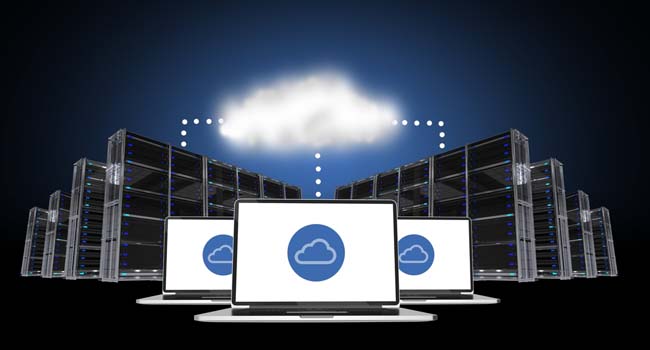
Taking a Practical Look at Video Storage in the Cloud
VSaaS solutions have been around for a while now, offering what many see as more efficient software maintenance and support for their surveillance systems.
- By Dan Cremins
- Nov 02, 2015
I recently met with two systems integrators whose companies specialize in providing video surveillance solutions to retail customers. Among the many topics we discussed was the adoption of cloud-based video surveillance. We all agreed that, while the technology has evolved to the point where it is now a viable alternative to other types of surveillance solutions, it’s also clear that not everyone is ready to store their video in the cloud. Here’s a look at some of the reasons why.
The storage and management of surveillance video in the cloud is often referred to as Video Surveillance as a Service (VSaaS). VSaaS solutions have been around for a while now, offering what many see as more efficient software maintenance and support for their surveillance systems.
But as cloud technology gains momentum, some providers are promoting solutions that favor the wholesale storage of video in the cloud. This can sound like an exciting alternative to local video storage, with promises of better scalability and lower hardware costs.
As my colleagues and I discussed, however, depending on the size of your business and the IT infrastructure you have in place, some cloud-based solutions can actually be more expensive. They may also lack several of the more traditional functionalities and integrations we’ve come to expect to help manage both small and enterprise-class video surveillance systems.
Bandwidth is key
As a starting point, it’s essential to remember that streaming video to the cloud requires a significant amount of bandwidth – more than many businesses typically enjoy. If you work in a large organization or one that comprises multiple locations, and you’re deploying high-definition (HD) or multi-megapixel IP cameras for surveillance, a cloud-based solution may not actually be feasible.
I know of one retailer that upgraded all of its analog surveillance to HD IP cameras for enhanced video quality. After the switch-out was complete, however, it quickly discovered that staff could no longer access the video remotely! The organization just didn’t have the bandwidth needed to transmit the high-resolution video to a central location and it eventually decided to revert back to its analog cameras.
This is an extreme example, of course, but one that underscores my point: enterprises need adequate bandwidth to stream video remotely for viewing or storage in the cloud. (It also highlights how critical it is to do a proof-of-concept at a single location whenever you’re adopting new technology!)
Do the math
If you’re considering cloud-based video storage, you should take time to calculate your specific bandwidth requirements. For example, a single retail location with 16 IP cameras (all capturing HD 1080p video at an average rate of 10 images per second) would require a total upload speed of approximately 32 Mb/s to push its surveillance video to cloud. Many businesses just don’t have that type of bandwidth available or at least not consistently at all locations. Additional bandwidth can certainly be purchased, but it’s going to come at a cost.
You should also investigate how much of your corporate network will need to be dedicated to moving video to the cloud. IP video files are large, and require a fair bit of the network to transmit. Often a video surveillance system will offer bandwidth throttling to control how much of the network can be used for video streaming at any given time. That type of functionality is essential to many organizations, allowing them to keep their networks free to handle transactions and other business-critical data as a first priority.
Ask lots of questions
Bandwidth and networking resources are just two aspects of cloud-based video storage that you’ll want to investigate. Once your video gets to the cloud, for example, what are the associated storage costs? I always recommend making sure you thoroughly understand how a cloud provider’s fees are calculated, including any additional fees for exceeding upload or storage limits. Other good questions to raise include where your video will be physically stored and what happens if the network goes down. Some organizations have restrictions on their video being transmitted to another country. And if your connection to the Internet is lost, how will that impact video recording and accessibility?
Without a doubt, cloud-based video surveillance solutions are an attractive-sounding alternative to today’s more traditional video management solutions. But until technology evolves to help address the bandwidth barrier – and the higher costs associated with it – cloud-based solutions won’t be practical for everyone.
As with any technology, each organization needs to weigh the pros and cons to determine whether the solution is the best one to meet its business objectives. So ask lots of questions and involve all the stakeholders in your company to ensure you get the best outcome for your technology spend.
Dan Cremins is Global Leader of Product Management for March Networks, a leading provider of intelligent IP video solutions to some of the world’s largest retail and banking organizations.